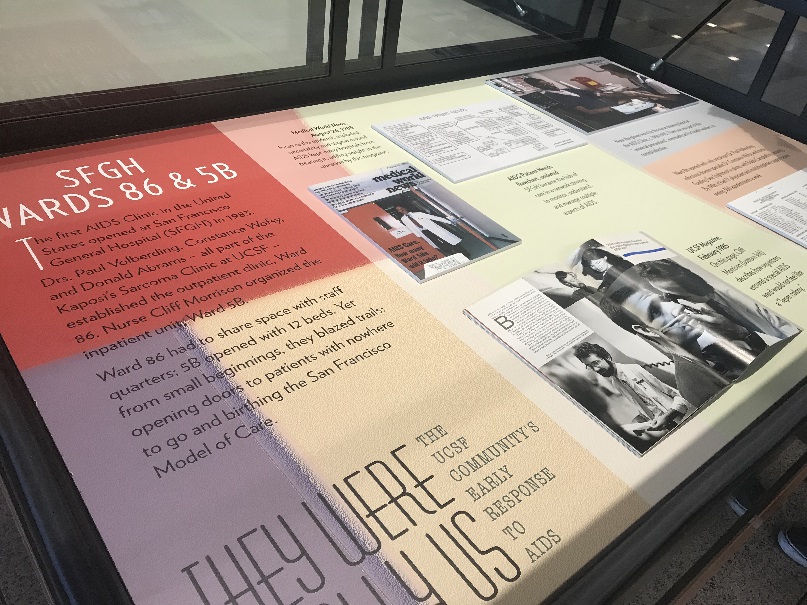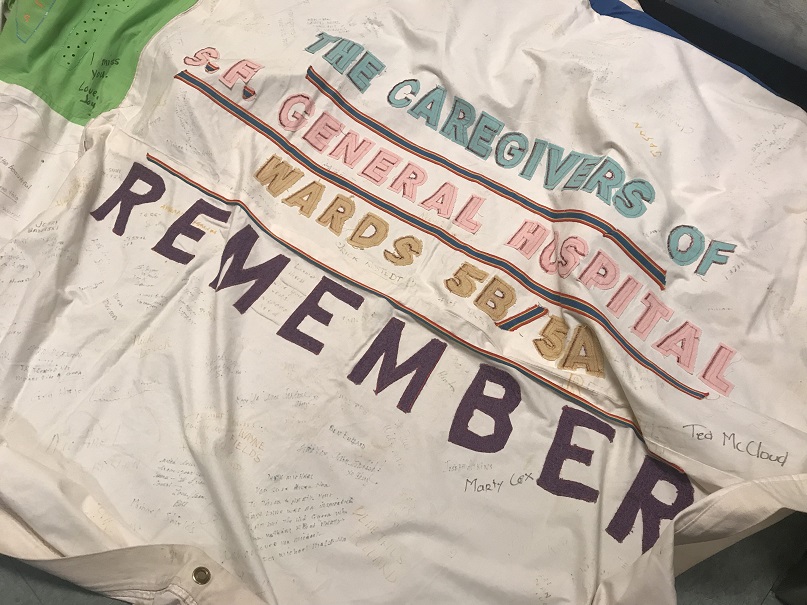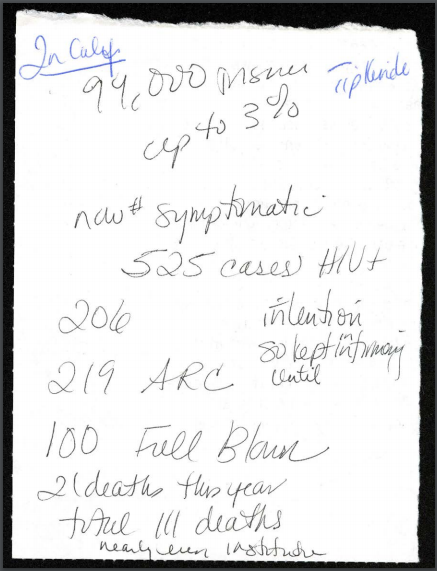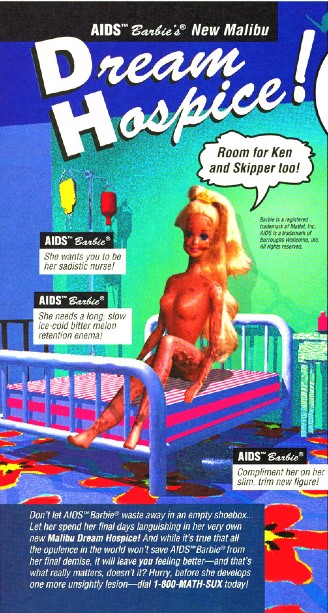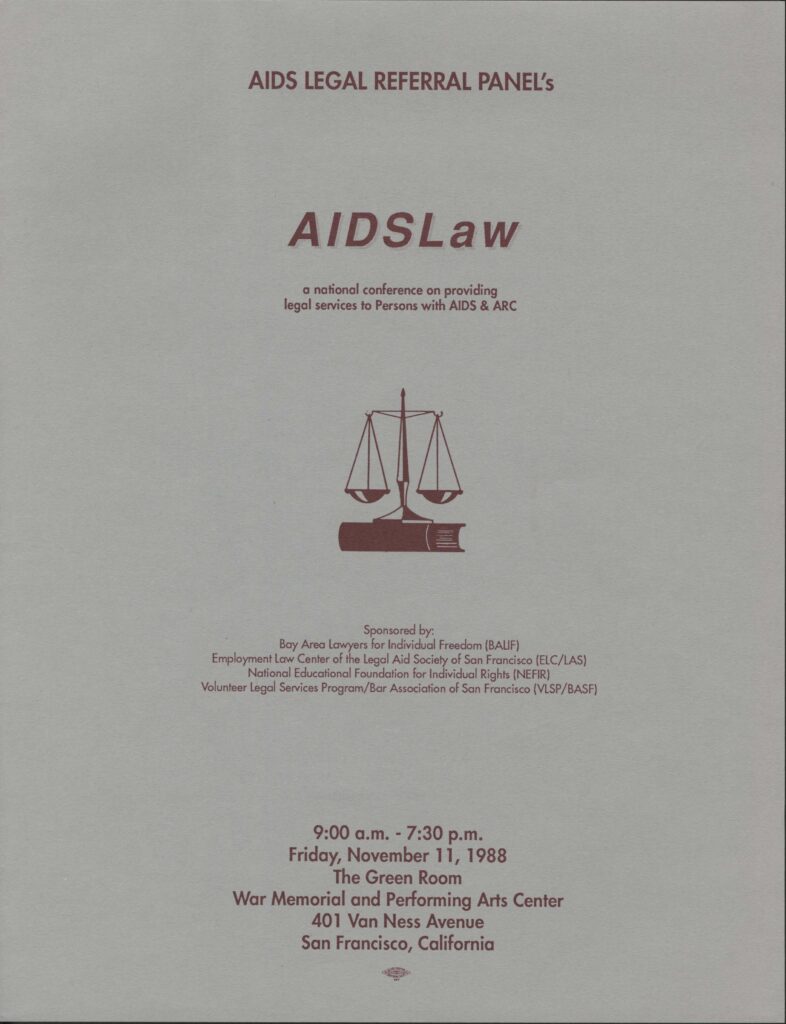The UCSF Archives and Special Collections is pleased to announce the completion of the Subaward: “The San Francisco Bay Area’s Response to the AIDS Epidemic: Digitizing and Providing Universal Access to Historical AIDS Records Network of the National Library of Medicine, Pacific Southwest Region Subaward: “The San Francisco Bay Area’s Response to the AIDS Epidemic: Digitizing and Providing Universal Access to Historical AIDS Records.” This project chronicles the stories of marginalized communities and communities of color during the AIDS epidemic.
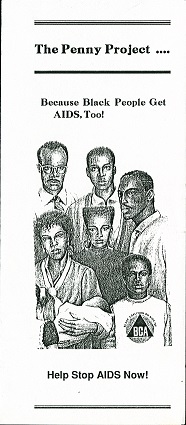
— ephemera collection, MSS 2000-31, box 1, folder 3
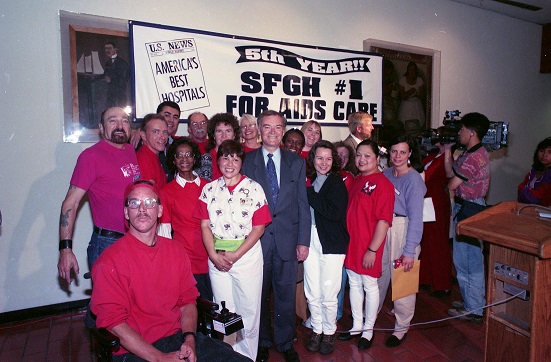
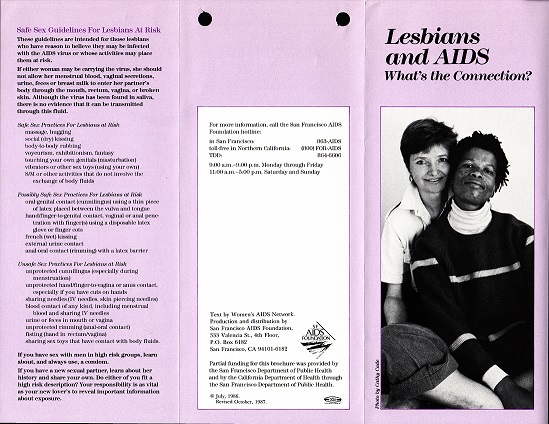
In collaboration with UC Merced Library’s Digital Assets Unit, we digitized over 45,000 pages from 14 archival collections related to the early days of the AIDS epidemic in the San Francisco Bay Area. The digitized material is now accessible to the public via the California Digital Library platform, Calisphere. This new corpus includes correspondence, brochures, reports, notebooks, negatives, newspaper clips, and photographic prints. Several new digital collections have been added to our digital holdings related to AIDS history including:
- Constance Wofsy Papers
- Michael S. Gottlieb Papers
- Guerilla Clinic Records
- Richard Andrews Papers
- San Francisco General Hospital Historical Documents
New material has also been added to digital collections already in the digital library including:
- Selma Dritz Papers
- Institute for Health Policy Studies – AIDS Resource Program Records
- Multicultural AIDS Resource Center
- National Task Force on AIDS Prevention
- UCSF AIDS Health Project Records
- AIDS History Project — Ephemera Collection
- Marcus A. Conant Papers
- San Francisco AIDS Foundation (SFAF) Records
- Michael S. Gottlieb papers
- John Newmeyer papers
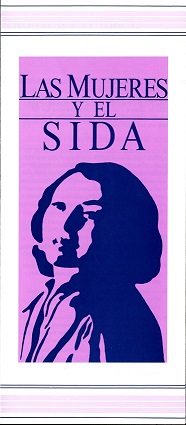

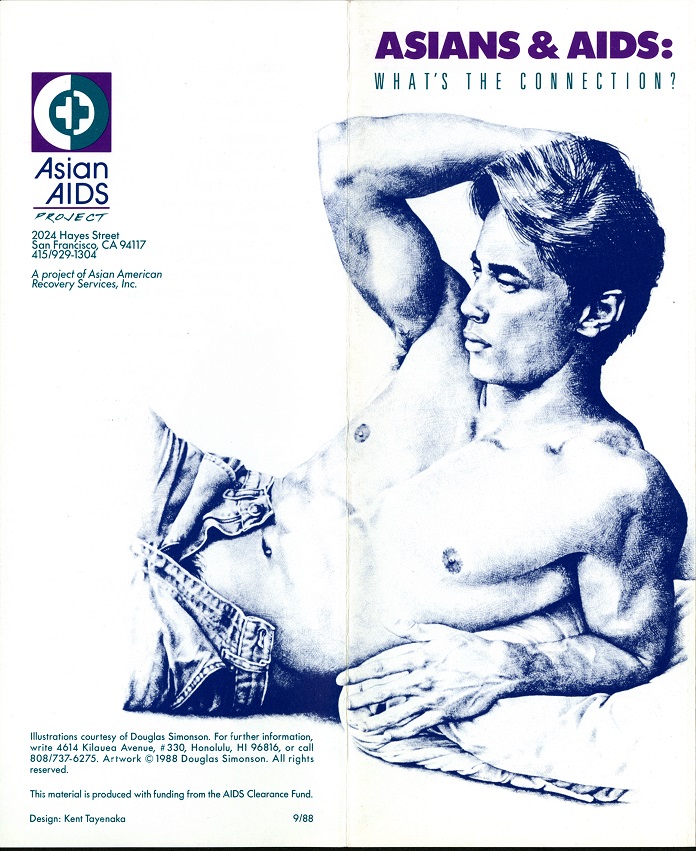
Another accomplishment of the project was the development of an AIDS history primary source set in collaboration with Aimee Medeiros, Associate Professor of History of Health Sciences at UCSF. The primary source set titled “BIPOC Activism” highlights BIPOC activism and AIDS outreach campaigns to communities of color during the early days of the AIDS epidemic. This new educational resource and tool can be used by students, teachers, and researchers and is accessible on the archives’ website.


